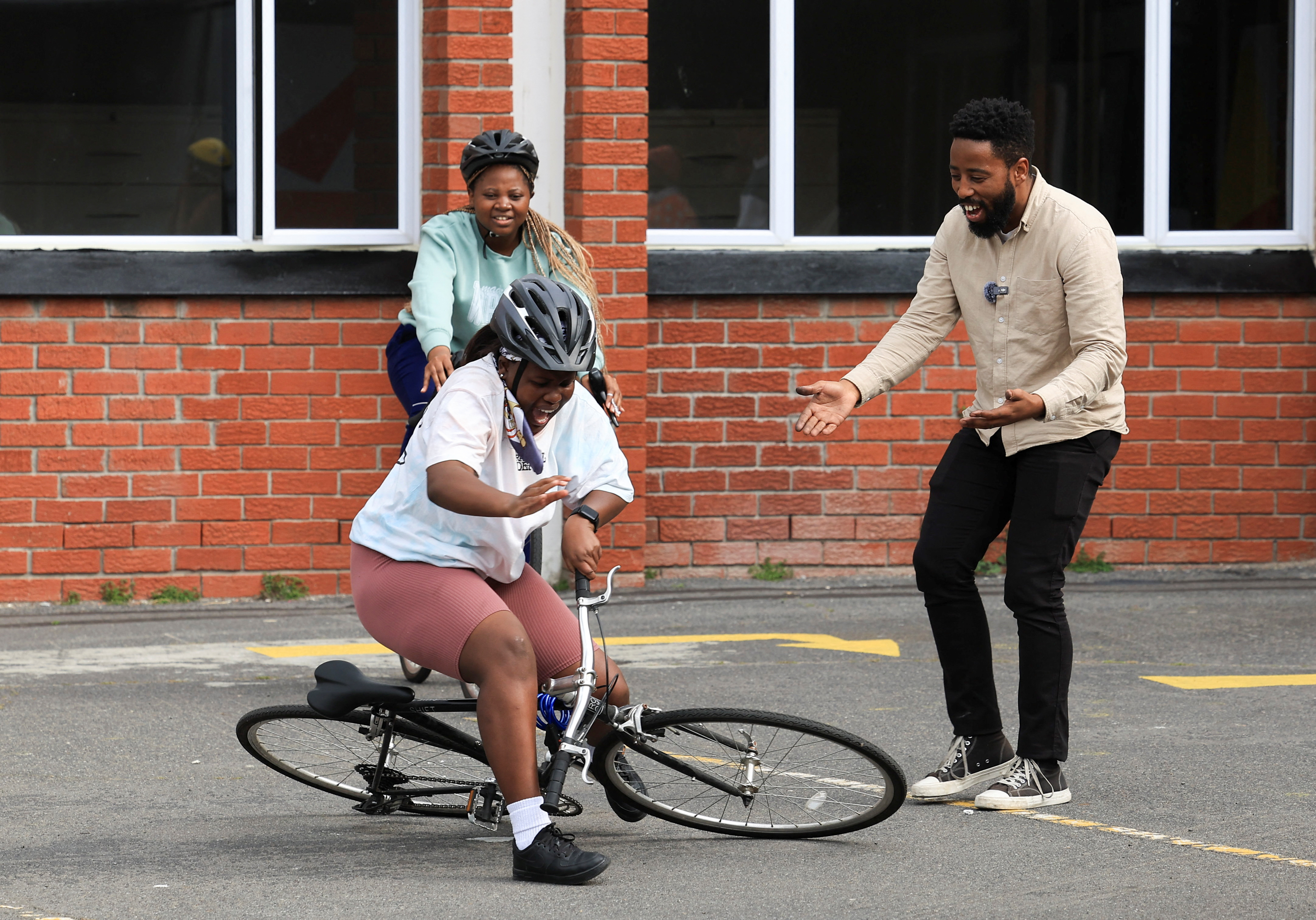The organizers of a workshop don't ask this question directly. But they could have: Their event, to be held on the University of California-Davis campus on 1-2 November, is concerned with "mobility justice."
The school's Feminist Research Institute is inviting "emerging scholars" whose work "engages issues of race and inequality in studies of bicycling and sustainable transportation." These junior scholars and graduate students will discuss ways in which "complex systems of history, power and oppression affect people's movement and ability to live, work and play." The goal is to make bicycling, along with "new mobilities" and other forms of sustainable transportation, "accessible and desirable to all."
This sounds interesting and necessary. As I have said in other posts, bicycles and other sustainable forms of transportation are vital to our future for all sorts of reasons, from mitigating climate change to making cities more habitable. But they're also vital, in some places, for giving people any sort of mobility at all: Think of jungles and other rural areas where, even if people could afford cars and trucks, they wouldn't be able to use them.
Well, judging from what UC-Davis Feminist Research Institute says about its upcoming workshop, they seem to think mobility is a human right. I would agree, and bicycles are certainly part of that.
















